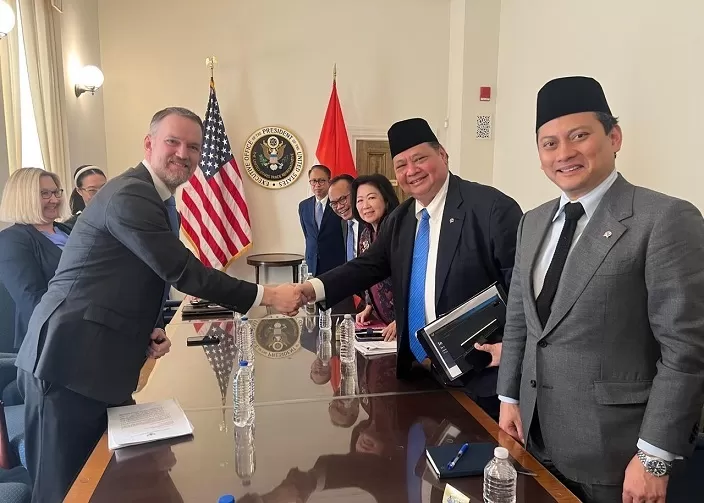Indorama, a global chemical company rooted in Indonesia, has announced a significant investment of $2 billion (approximately Rp33 trillion) to develop a blue ammonia production facility in Louisiana, United States. This strategic move aligns with the company's commitment to sustainable energy solutions and reflects the strengthening economic ties between Indonesia and the U.S.
Understanding Blue Ammonia and Its Significance
Blue ammonia is produced by combining traditional ammonia synthesis with carbon capture and storage (CCS) technologies. This process significantly reduces greenhouse gas emissions, making it a cleaner alternative to conventional ammonia production. As the world seeks sustainable energy sources, blue ammonia emerges as a promising solution for various industries, including agriculture and energy.
The global demand for low-carbon energy carriers has been on the rise, and blue ammonia is poised to play a crucial role in this transition. Its potential applications in power generation and as a hydrogen carrier make it an attractive option for countries aiming to reduce their carbon footprints.
Indorama's Strategic Investment in Louisiana
Indorama's decision to invest in a blue ammonia facility in Louisiana is strategic, considering the state's robust infrastructure and access to natural gas resources. The project is expected to leverage existing industrial frameworks, facilitating efficient production and distribution processes.
The $2 billion investment underscores Indorama's dedication to expanding its global footprint while contributing to the U.S. clean energy sector. By establishing this facility, Indorama aims to meet the growing demand for sustainable ammonia and support the broader objectives of energy transition.
Strengthening Indonesia-U.S. Economic Relations
This investment also signifies a deepening of economic relations between Indonesia and the United States. Indorama's initiative is seen as a "win-win solution" in the context of ongoing trade discussions, highlighting the mutual benefits of such collaborations. By investing in the U.S., Indorama not only expands its operational capabilities but also fosters goodwill and economic cooperation between the two nations.
The project is anticipated to create numerous job opportunities in Louisiana, contributing to local economic growth. Additionally, it sets a precedent for other Indonesian companies to explore investment opportunities in the U.S., further strengthening bilateral ties.
Environmental and Economic Impacts
The establishment of the blue ammonia facility is expected to have significant environmental benefits. By incorporating CCS technologies, the plant aims to minimize carbon emissions, aligning with global efforts to combat climate change. This move positions Indorama as a leader in sustainable chemical production.
Economically, the project is poised to boost the local economy through job creation and increased industrial activity. The demand for blue ammonia is projected to rise, and Indorama's facility will be well-positioned to meet both domestic and international needs.
Future Prospects and Industry Implications
Indorama's investment in blue ammonia production sets a benchmark for the chemical industry, emphasizing the importance of sustainable practices. As environmental regulations become more stringent, companies adopting cleaner technologies will likely gain a competitive advantage.
The success of this project could encourage further investments in blue ammonia and similar low-carbon initiatives. It also highlights the potential for cross-border collaborations in advancing global sustainability goals.
Conclusion
Indorama's $2 billion investment in a blue ammonia facility in Louisiana represents a significant step towards sustainable chemical production and reinforces the company's commitment to environmental stewardship. This project not only contributes to the U.S. clean energy landscape but also strengthens economic ties between Indonesia and the United States. As the world moves towards greener solutions, initiatives like this pave the way for a more sustainable future.
Read More






 Sunday, 28-12-25
Sunday, 28-12-25







